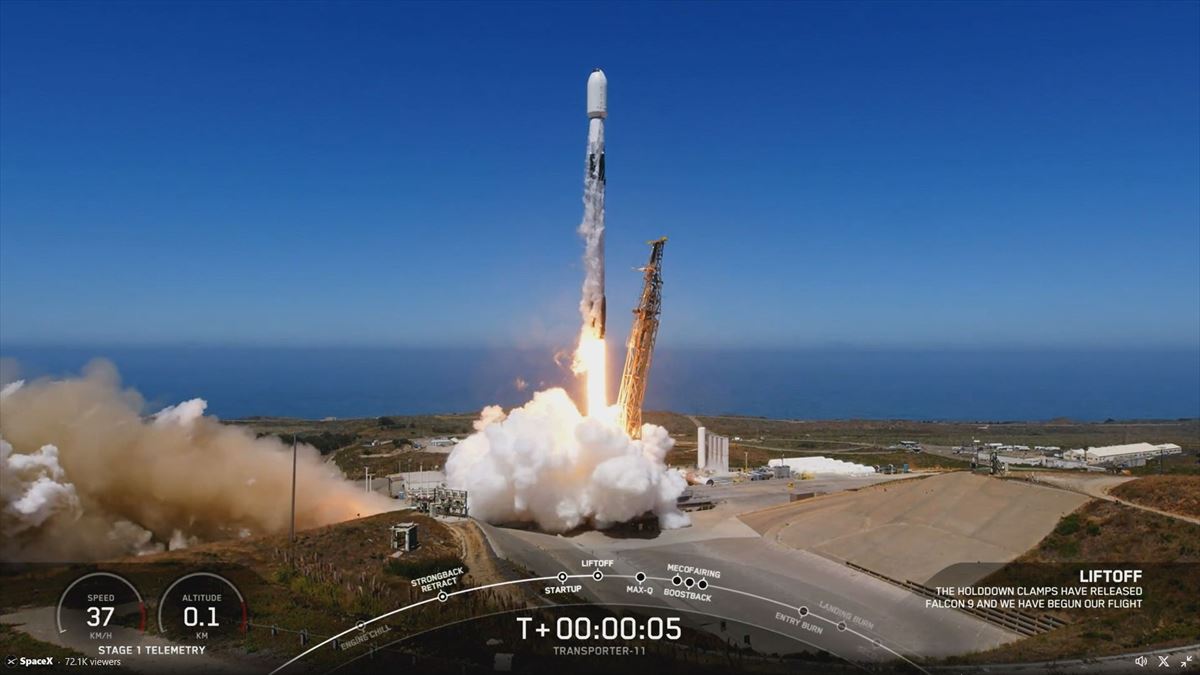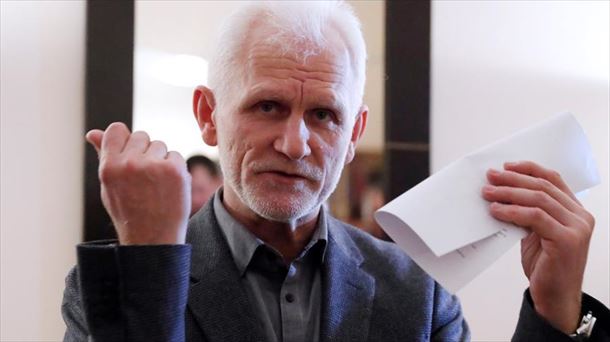After being launched yesterday at Space
The company Alava AVS (Value Added Solutions) has established contact with the Basque satellite LUR-1 launched yesterday on its second attempt.
According to Arkaitz Larman, the group’s aerospace engineer, the connection arrived at the expected time, which was not possible at midnight during the first attempt to connect to the satellite, which was designed and developed entirely in Euskal Herria.
“We knew that everything had been done right up until now and that it was just a matter of time,” Larman explains. As AVS explains, once that first step is completed, anything missing will arrive as expected.
LUR-1, the first satellite designed and developed entirely in the Basque Country, specifically at the company’s facilities in the Álava Technology Park, was launched into orbit yesterday.
The satellite was launched on the Falcon 9 rocket of the company Space X, founded by businessman Elon Musk. The launch took place at the American Space Force base in Vandenberg (California).
Minutes after launch, the rocket and satellite separated. Once this phase is complete, it will orbit at a distance of approximately 515 kilometers above the Earth’s surface.

LUR-1 is conceived as a microsatellite 57 kilo which incorporates antennas of different bands (UHF, S and X), a deployable arm and solar panels. More than a thousand days of work and 8 million euros were invested in the design and production, of which the 40% comes from public funds.
The satellite, which is orbiting at a speed of 7 kilometers per secondis designed for a lifespan of five years. Once this period has elapsed, it will be captured from its orbit and then re-entered into the atmosphere, where it will disintegrate.
High-definition images and durability
All these technological developments are intended to capture high-definition images of the Earth, although the focus of the mission is in principle on the geography of the Basque Country, to contemplate the evolution of the coastline, analyze pests and rivers or to study the distribution of crops, among other things.
The device is built into the LUR-1 satellite MICEalso developed by the company Alava for the ESA (European Space Agency).
MICE is the device that will be installed on all Copernicus programme satellites in preparation for their deorbitation when they are no longer operational or for use at the end of their life. The aim is to demonstrate the possibility of getting rid of space debris and thus achieving a more sustainable space.
The space sector generates around 800 million euros annually in the Basque Autonomous Community, employs around 5,000 professionals and accounts for 5.7% of GDP.
Source: EITB
I’m Wayne Wickman, a professional journalist and author for Today Times Live. My specialty is covering global news and current events, offering readers a unique perspective on the world’s most pressing issues. I’m passionate about storytelling and helping people stay informed on the goings-on of our planet.



